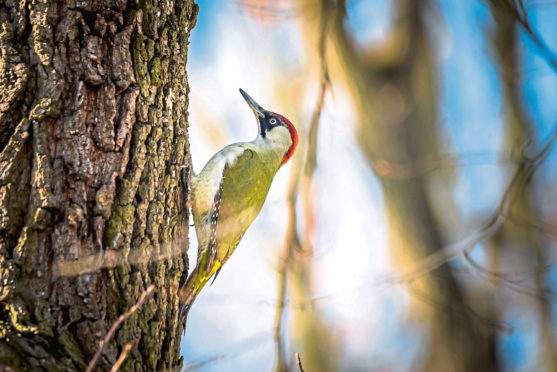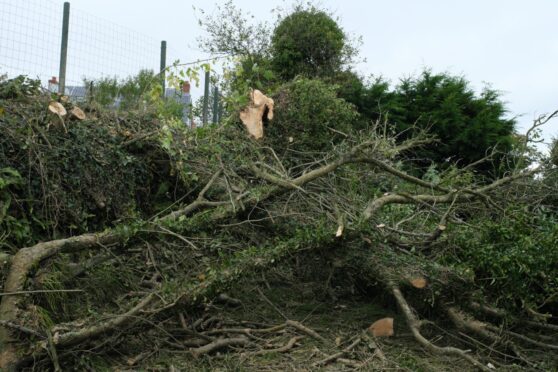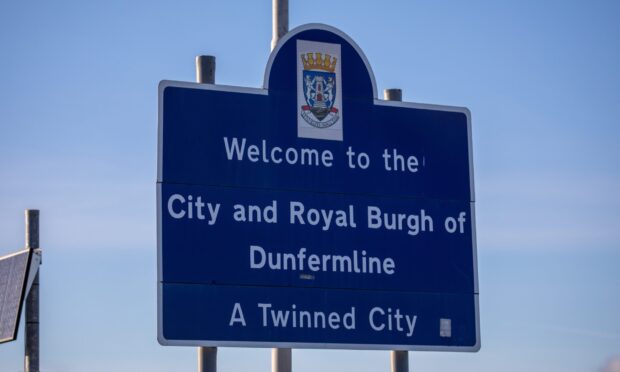Near Banchory lies a wonderful Scots pinewood, which I visit whenever I can, for it is a truly magical place with its towering trees and rich under-storey of heather and blaeberry.
Although situated by a small road, the wood is seldom visited, and when padding across the forest floor, I soon become lost within its ethereal beauty. This is wildness at its best, a place that relaxes the soul like a soothing balm.
This aura is further heightened by the wildlife found there – and among the highlights are green woodpeckers. It is a relative newcomer to Scotland with the first breeding occurring in the early 1950s after the bird had spread from in England. They were first recorded in north-east Scotland in the late 1960s, with parts of Deeside being among their favoured haunts.
This green woodpecker is a most striking bird with its bright green body and shiny crimson cap more than matching the plumage of a tropical parrot. It is even the size of a small parrot and has a characteristic piercing call that would not sound out of place in the cacophony of noise found in any rainforest.
Sounds like a bird of prey
The nearest I can liken the call to is that of a bird of prey – a kestrel or osprey perhaps –- but much louder altogether. It is the suddenness of its utterances that always surprises me; one moment the woodland is quiet and then, like a high-pitched machine gun, the sharply repeated high-pitched notes reverberate all around. The call is usually described as a laughing ‘yaffle’, but I think ‘yodel’ is a more apt comparison.
They are shy creatures, and often the first sight of the bird is in the air as it moves from one patch of trees to another in a lazy and undulating flight. It will carefully work its way up a tree trunk, frequently stopping to beat the bark in search of invertebrates, which are captured with quick flicks of its long tongue. Unusually for a woodpecker, it also likes open areas and often feeds on the ground, having a particular fondness for ants.
Gilbert White, the pioneering 18th Century English naturalist and diarist, dissected a green woodpecker and was intrigued when on opening the stomach to discover “…a mass of a black looking substance, which I discerned to be black ants, in number sufficient to fill an egg cup”.
At that time, woodpeckers were persecuted by woodland owners in the mistaken belief they damaged trees. Being a pioneering ecologist, White was quick to point out the folly of such actions, and that woodpeckers were beneficial to forests because they fed upon harmful wood-boring insects. White was a true visionary of the time; a man who understood the holistic nature of our precious environment.
Did you know
Great spotted woodpeckers also occur in many woodlands in north-east and north Scotland. Much commoner than the green woodpecker, they often visit garden bird tables in winter.










